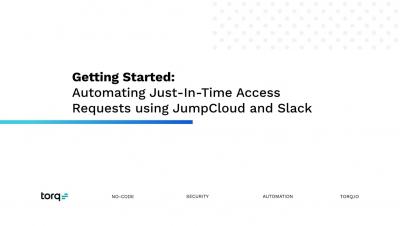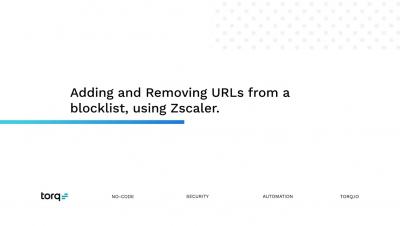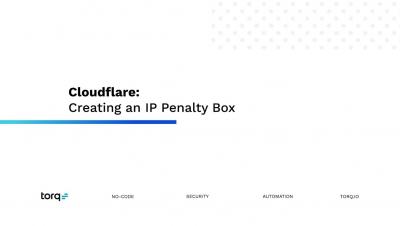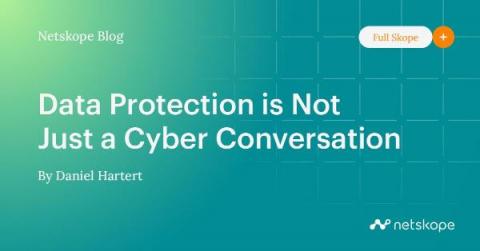Security | Threat Detection | Cyberattacks | DevSecOps | Compliance
Security
Torq Automation Template - Add/Remove URLs from a Blocklist
Torq Automation Template - Suspend Inactive Contractor Accounts
Torq Automation Template - IP Penalty Box with Timeout
Data Protection Is Not Just A Cyber Conversation
Before I became an advisor to Netskope, I was a long serving CIO and CEO for organisations including Bayer and Philips. I have spent many hours sitting in board meetings discussing data protection with colleagues and as a result I am confused by assertions I hear that data protection is only the IT team’s problem. In my experience, the majority of data protection conversations that reach the board are, in fact, driven by legal teams, who then partner with IT to devise and execute plans.
The cybersecurity skills gap: No end in sight?
We all know how hard it is for companies to fill open cybersecurity positions. But is the situation improving? What are the root causes of the problem? And most importantly—what can be done about it?
Yet Another Perspective on Prototype Pollution
JavaScript is a programming language based on prototypes instead of classes. When a new object is created, the features of the prototype object are inherited – this includes arrays, functions, and even class definitions. The new object can also act as a template for other inheriting objects, transferring its properties, and creating the prototype chain.
How Phishing works
Social engineering is the art of manipulating people so that they give up confidential information or perform an action you ask them to do. Social engineers are usually trying to trick victims into giving them their credentials, bank information or access to computers to secretly install malicious software. Find out how phishing actually works and what you can do to reduce the risk.
Be enterprise-ready: Three reasons not to build enterprise features!
If you are thinking about building features to be enterprise-ready, there are typically two paths that brought you here: Either way, you need to be aware that selling to enterprises is super exciting, especially if you like to play golf and you are ok with a long sales cycle - it could easily take you up to three years to close a deal. Enterprises can be scared to give startups a chance and startups often lose out to more established businesses.
The Beginning of Ransomware
Ransomware's ascent from a minor crime to a multi-billion-dollar industry shows the seriousness of the danger to corporations. But even though Ransomware has been making the news regularly for the past five years, it is not new to hold user data or systems hostage and then demand a payment to get them back. This article will look at the evolution of ransomware, from its first known attack in 1989 to the vicious threat it has become in the present.











